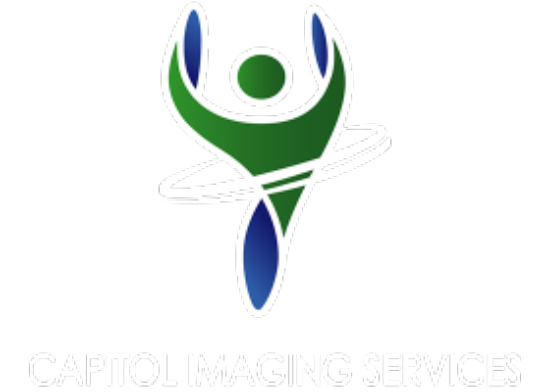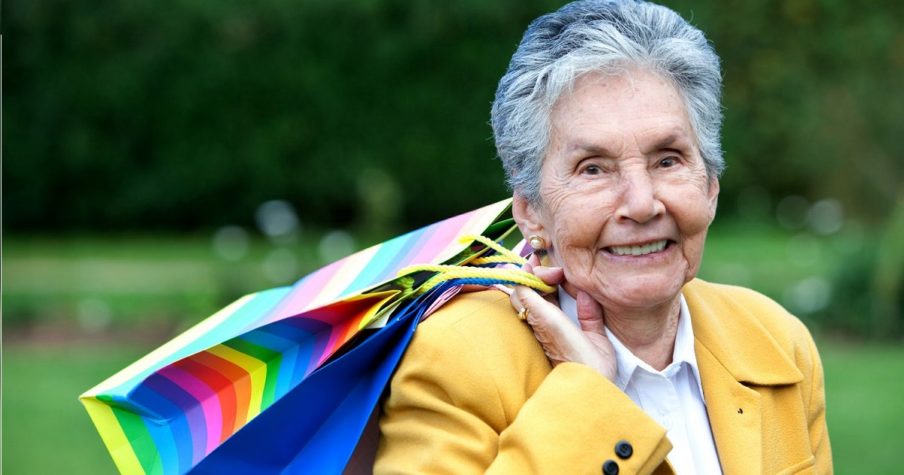May is National Osteoporosis Month. Osteoporosis is a major public health threat for an estimated 54 million Americans. Studies show that one in two women and up to one in four men over age 50 will break a bone due to osteoporosis in their lifetime.
Osteoporosis is a disease of the bone that makes a person’s bones weak and more likely to break. Nearly 60% of adults age 50 and older are at risk of breaking a bone and should be concerned about bone health.
Who is at risk for osteoporosis?
Some of the risk factors for osteoporosis include:
- Older age, although osteoporosis can occur at any age
- Female – 80% of people with osteoporosis are women
- Family history
- Being small and thin
- Other diseases like celiac disease, diabetes, eating disorders and rheumatoid arthritis can increase your risk
- Medications
Click here to learn more from the National Osteoporosis Foundation.
How do I know if I have osteoporosis?
 A bone density scan or DEXA scan (duel-energy x-ray absorptiometry) is a specialized x-ray exam that can detect low bone mass and measure bone mineral density. Measurements are taken at both hips and the spine. The exam is pain free and has minimal preparation.
A bone density scan or DEXA scan (duel-energy x-ray absorptiometry) is a specialized x-ray exam that can detect low bone mass and measure bone mineral density. Measurements are taken at both hips and the spine. The exam is pain free and has minimal preparation.
Many women who decide to have a screening mammogram at our Capitol Imaging Services affiliate, Diagnostic Imaging Services, also elect to have a DEXA scan during the same visit. DEXA bone density studies are often covered for women age 65 and older, but we always recommend confirming with the health insurance provider before having the test. If health insurance does not cover the bone density exam, people can choose to have the test for a cash fee of $75.
After the exam, a board-certified radiologist reviews the measurements and readings. Your readings will be compared to reference readings taken from adults of your gender while at their peak bone mass. The result of this comparison is called a T-score, which tells you and your healthcare provider how your bone density results compare across the range. This score indicates the risk of fracture.
When measured at a variety of body areas, low bone mass is the most accurate predictor of high fracture risk. Your healthcare provider can offer advice about diet, lifestyle and medication based on your T-score. Treatments are available to increase your bone density and slow the rate of loss.
Bone density testing is available at Diagnostic Imaging Services centers in Covington, Marrero, Metairie and Slidell, LA.
You can contact Diagnostic Imaging Services directly at 504-883-5999 or 985-641-2390 to schedule a visit. Or, click here to send us a secure email requesting scheduling assistance.



